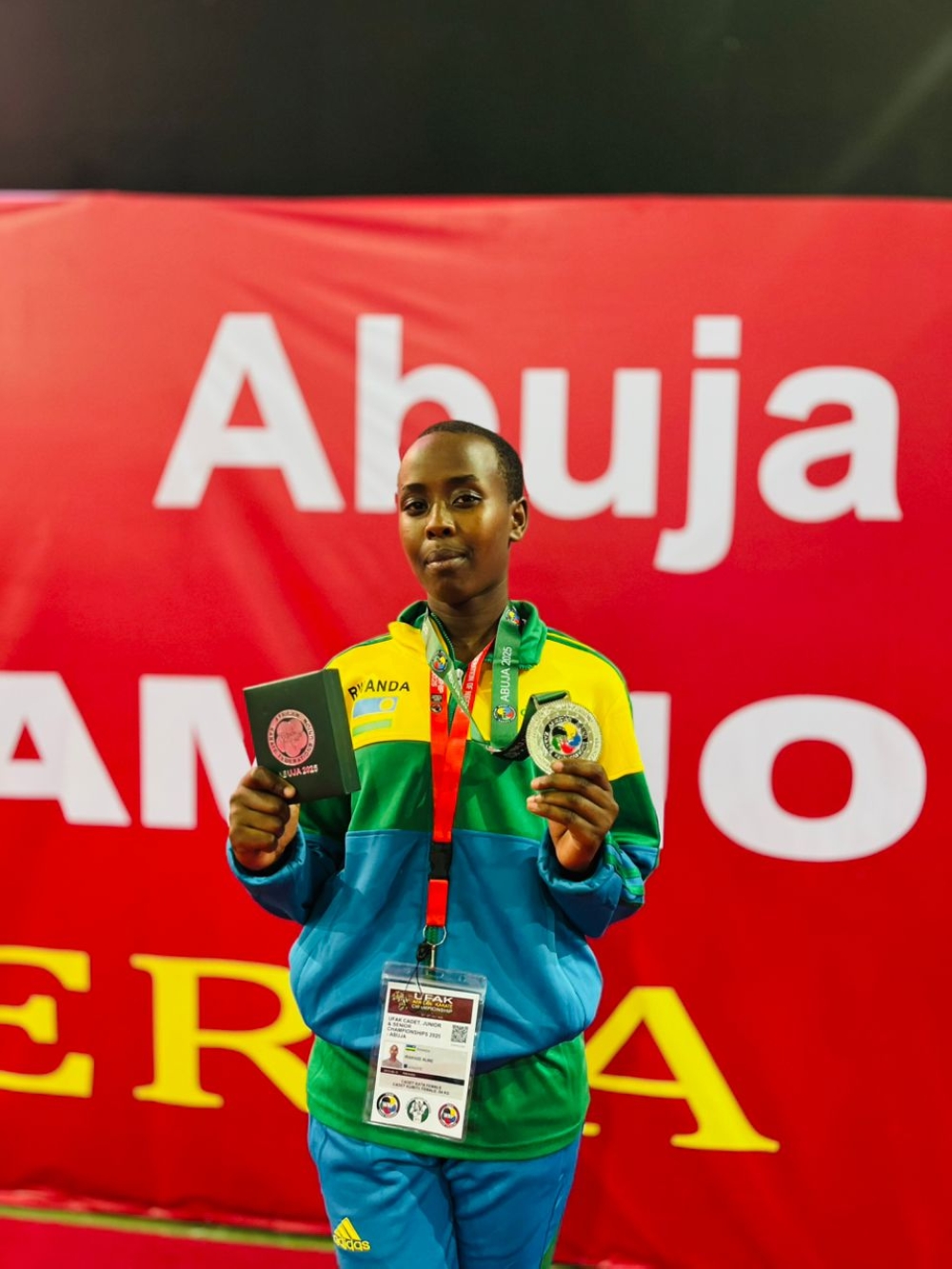Demand for housing is increasing rapidly in Rwanda. In the city of Kigali alone, the demand for housing is between 8,500 – 10,000 units per annum. The combined demand for housing in the rest of the urban centres of Rwanda is estimated to be about 15,000 units per annum (according to the National Urban Housing Policy for Rwanda, 2008).


Demand for housing is increasing rapidly in Rwanda. In the city of Kigali alone, the demand for housing is between 8,500 – 10,000 units per annum.
The combined demand for housing in the rest of the urban centres of Rwanda is estimated to be about 15,000 units per annum (according to the National Urban Housing Policy for Rwanda, 2008).
Although the demand for housing has grown, involvement of the public and private sector has not improved much from the 10% that was registered in 2003. This leads me, as an urban planner, to propose an integrated approach to handle this issue.
Thus although demand for housing units probably increases by 25,000 per year, the total current bankable market represents a very limited portion of the population.
It is constituted of people who can afford mortgages, people who are the high-wage earners (as compared to the rest of the population) in the formal sector.
That’s why the recently established Urban Development Board has to set up an integrated approach based on the recognition and better co-ordination of plurality of provision.
Such an integrated approach may lead, for example, to increasing public sector involvement in, and regulation of, land and housing markets depending on the specific context of Rwanda.
It may combine several different modes such as public sector, private sector, cooperative housing, formal and informal contractors and developers and public land allocation in order to overcome their relative weaknesses and boost appropriately targeted housing provision.
Integration is, in my view, a kind of partnership which could tie many different modes in different levels in terms of revenue to create synergies for efficient and affordable housing provision.
As a paper by Jones and Pisa noted, partnerships can also be seen to bridge the ideological divide between the advocates of the free market system and those of state intervention by allowing the participation of both as a well as community actors.
This form of partnership was implemented relatively successfully in Iran in the 1990’s. In this mode of provision, public authorities usually provide cheap suitable land and tax incentives and private firms provide finance and build housing units on the land in exchange for being able to sell an agreed part of the projects on the open market and offer the rest to low-income households at agreed prices and members of the co-operative finance and build their own housing units.
This isn’t an easy task and there is a need for exhaustive research in this area basing on the Rwandan context.
The author is a student of urban planning at Montreal university, Canada




